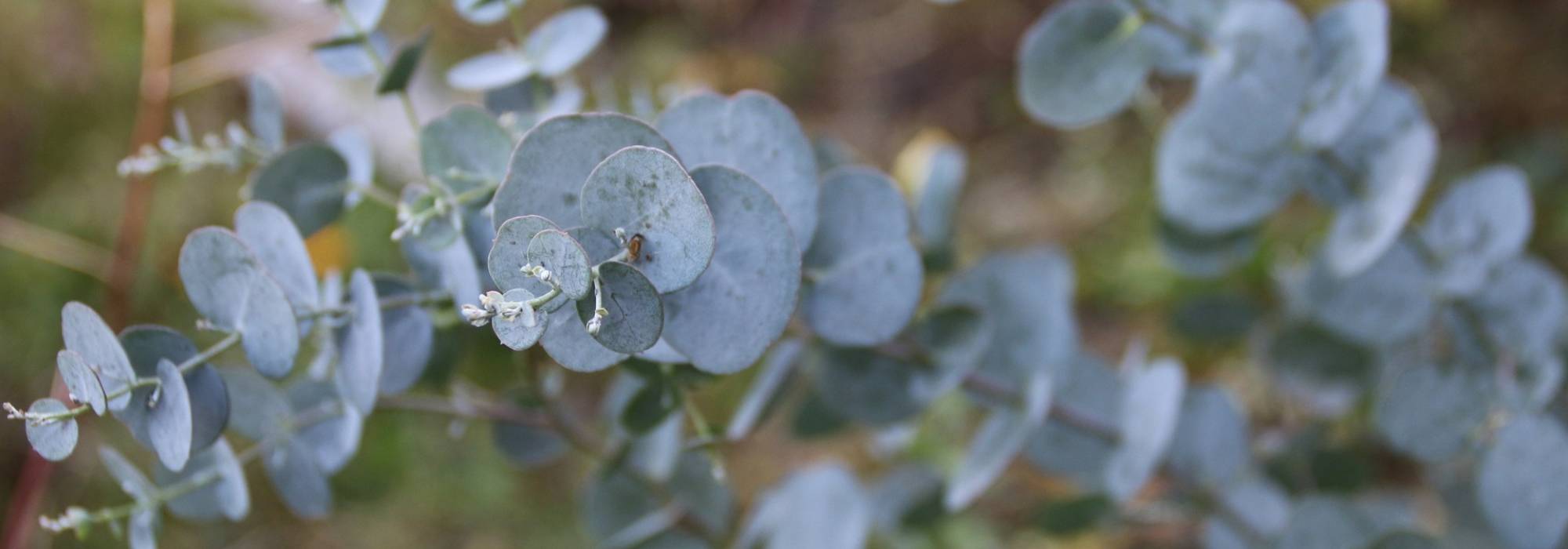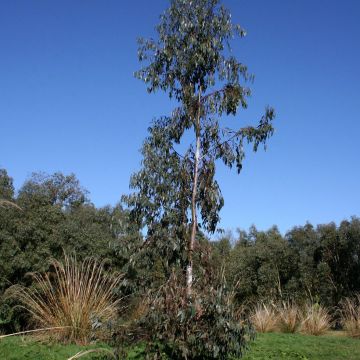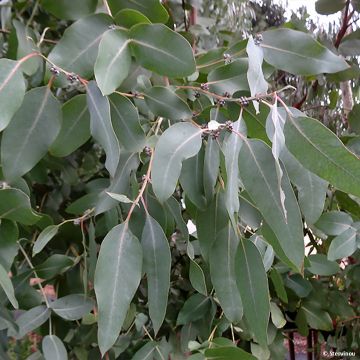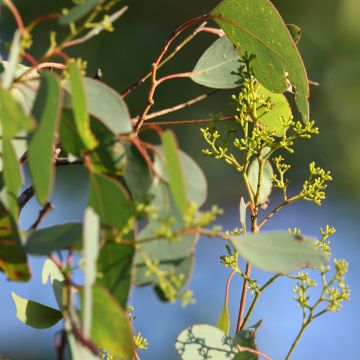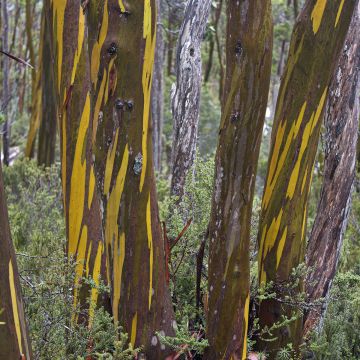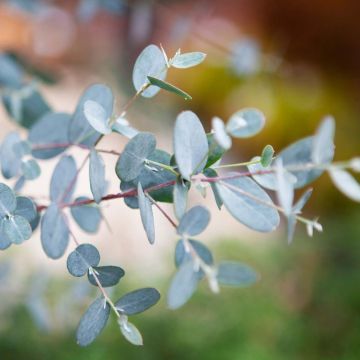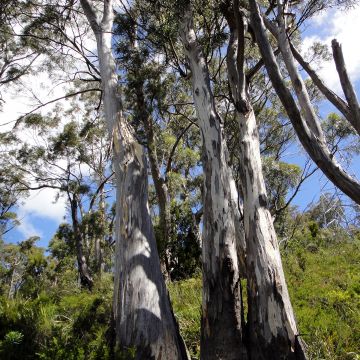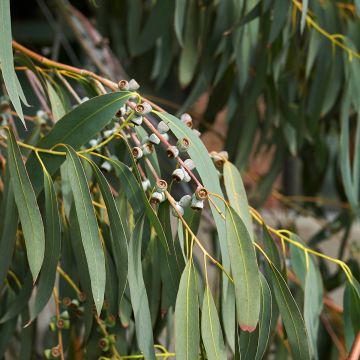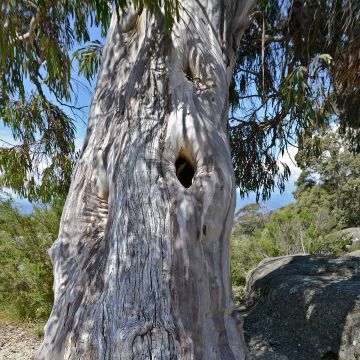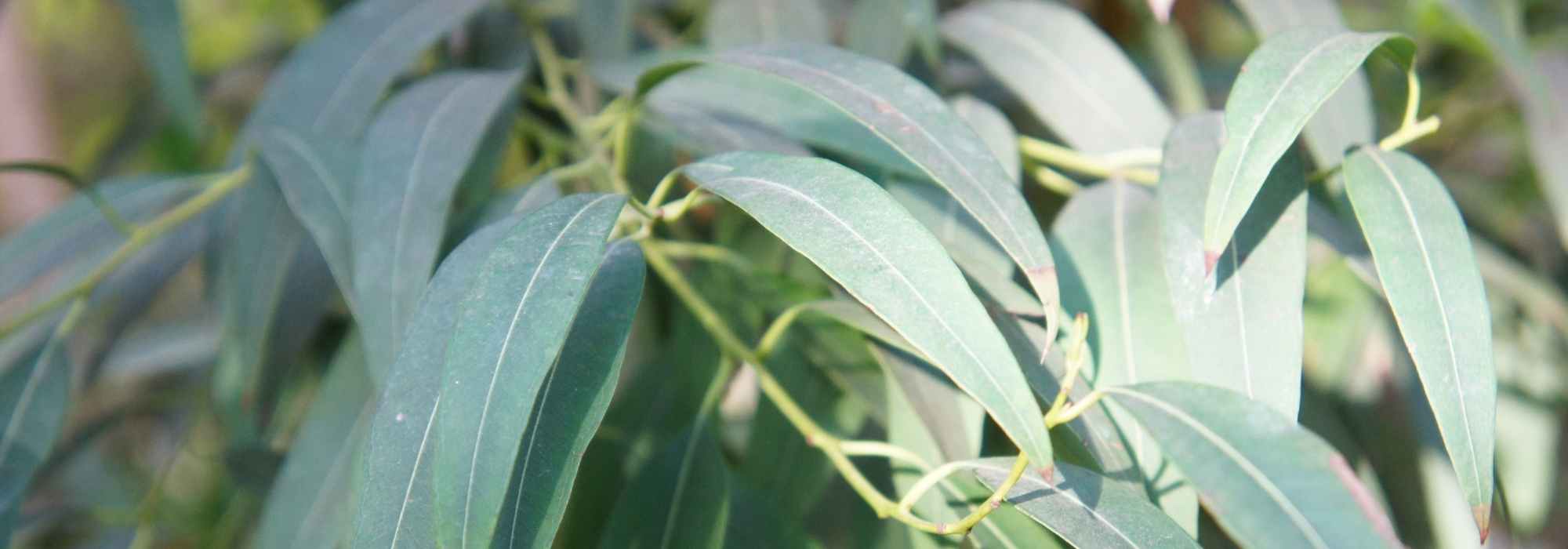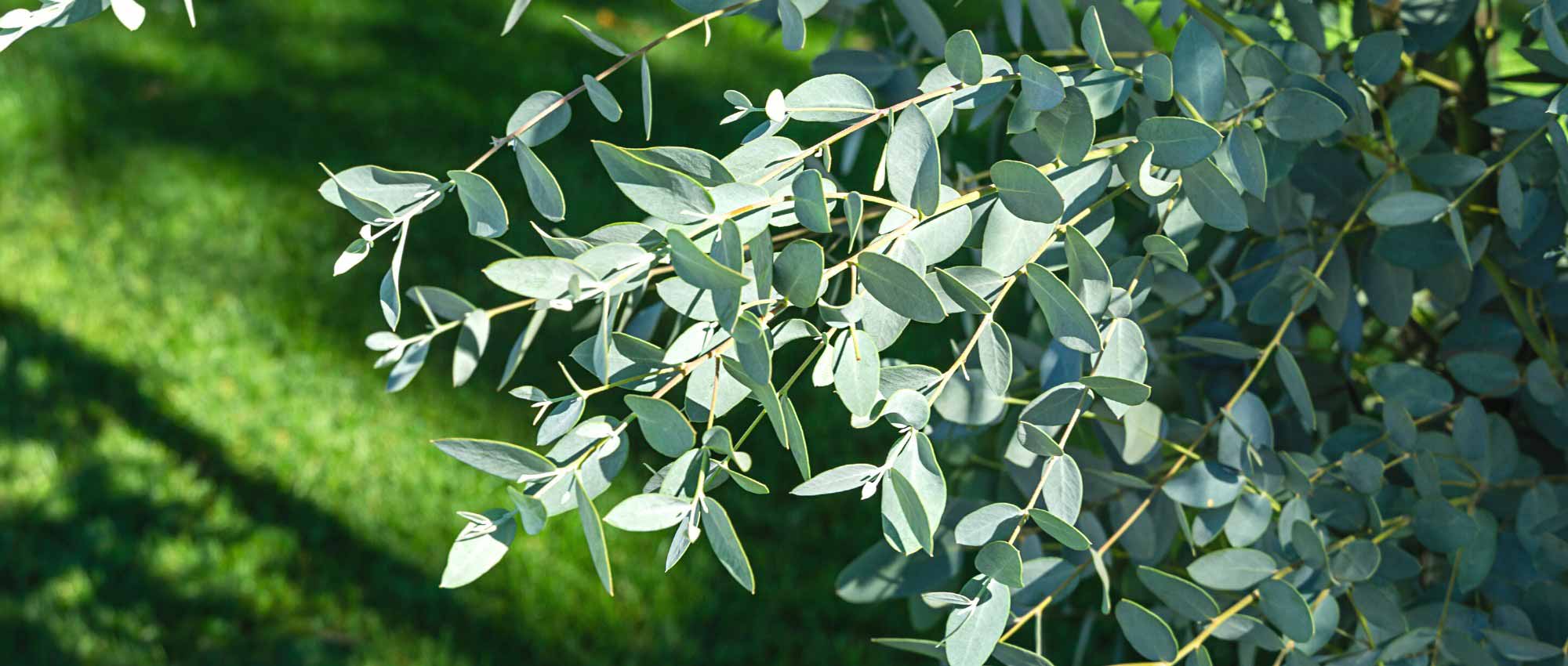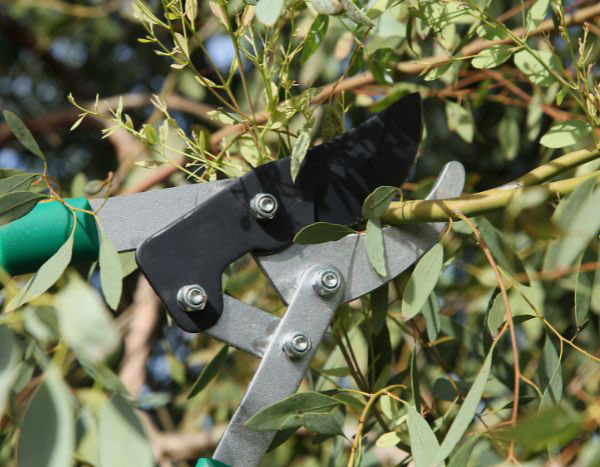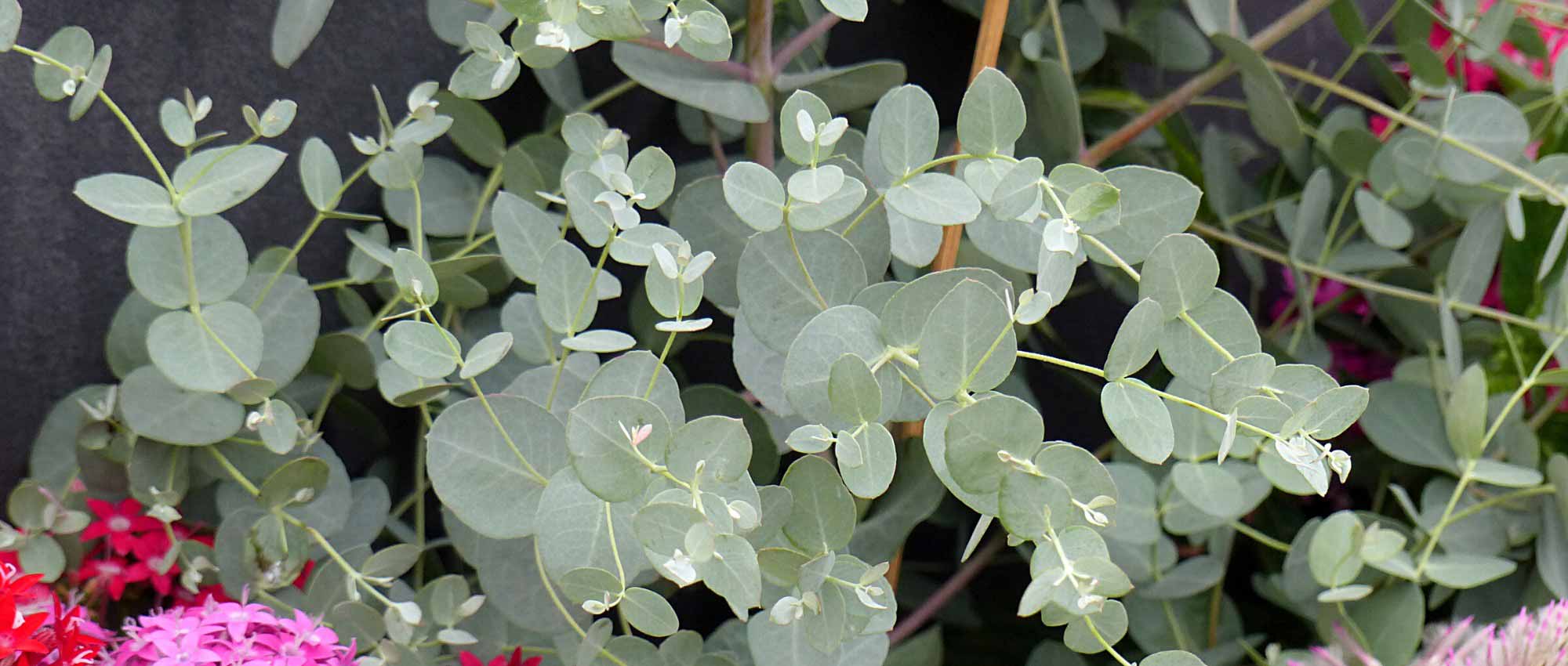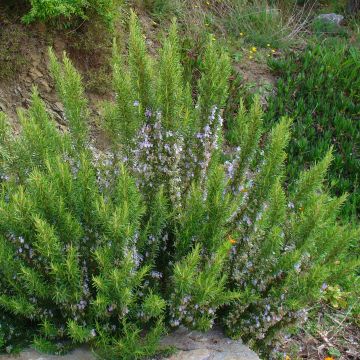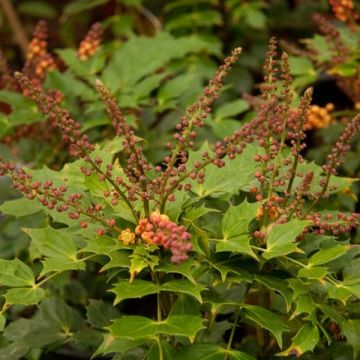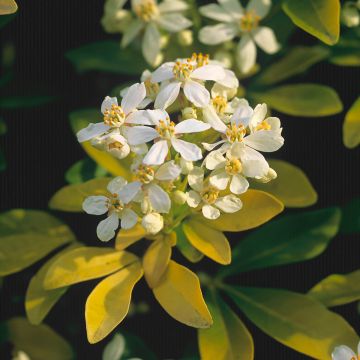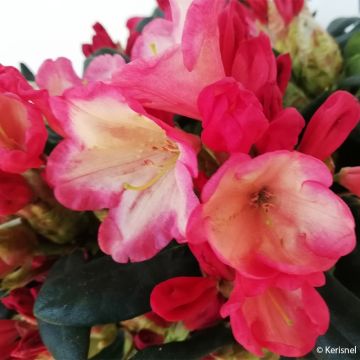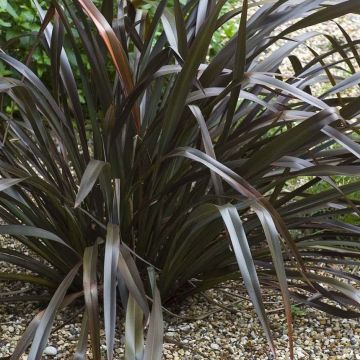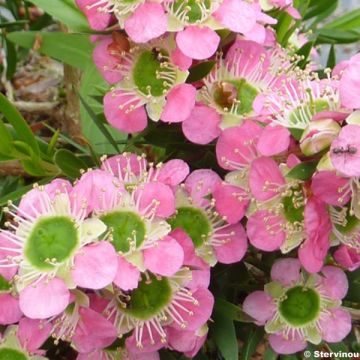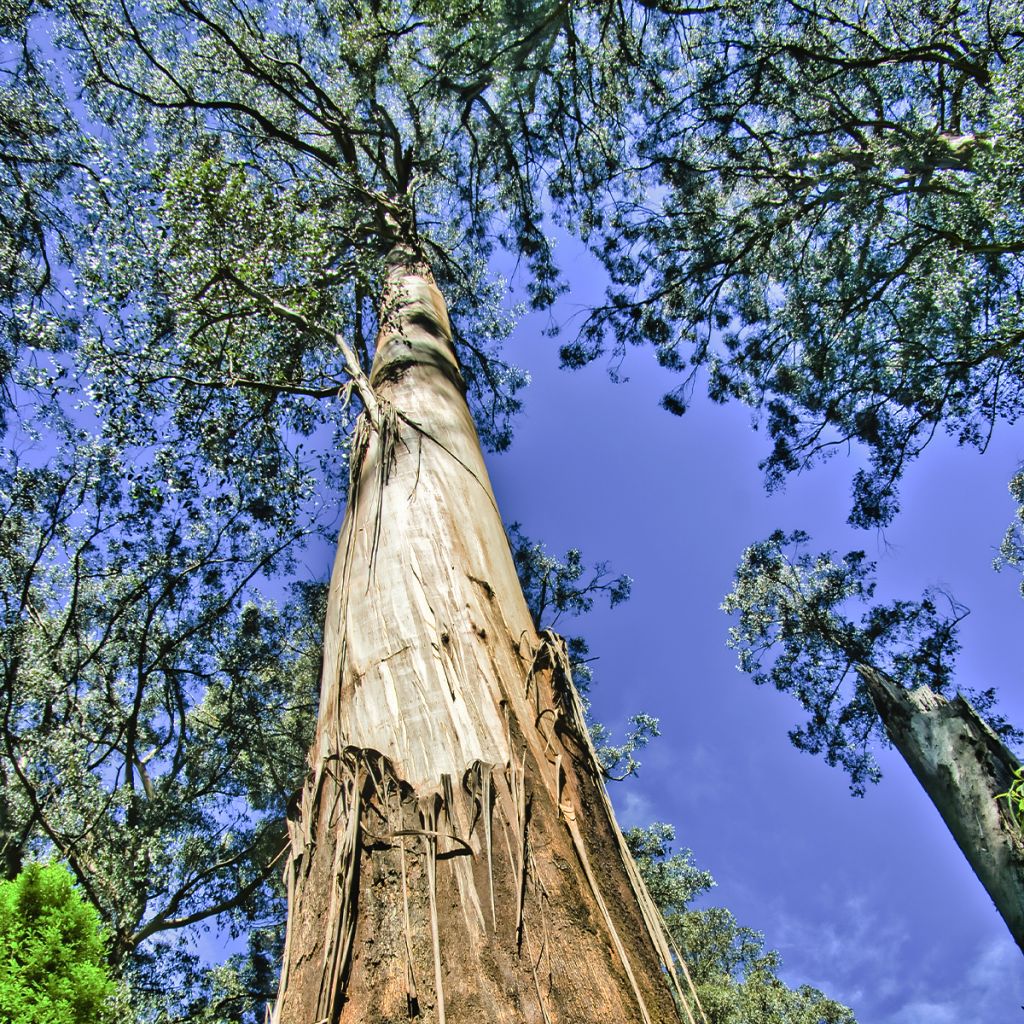

Eucalyptus regnans
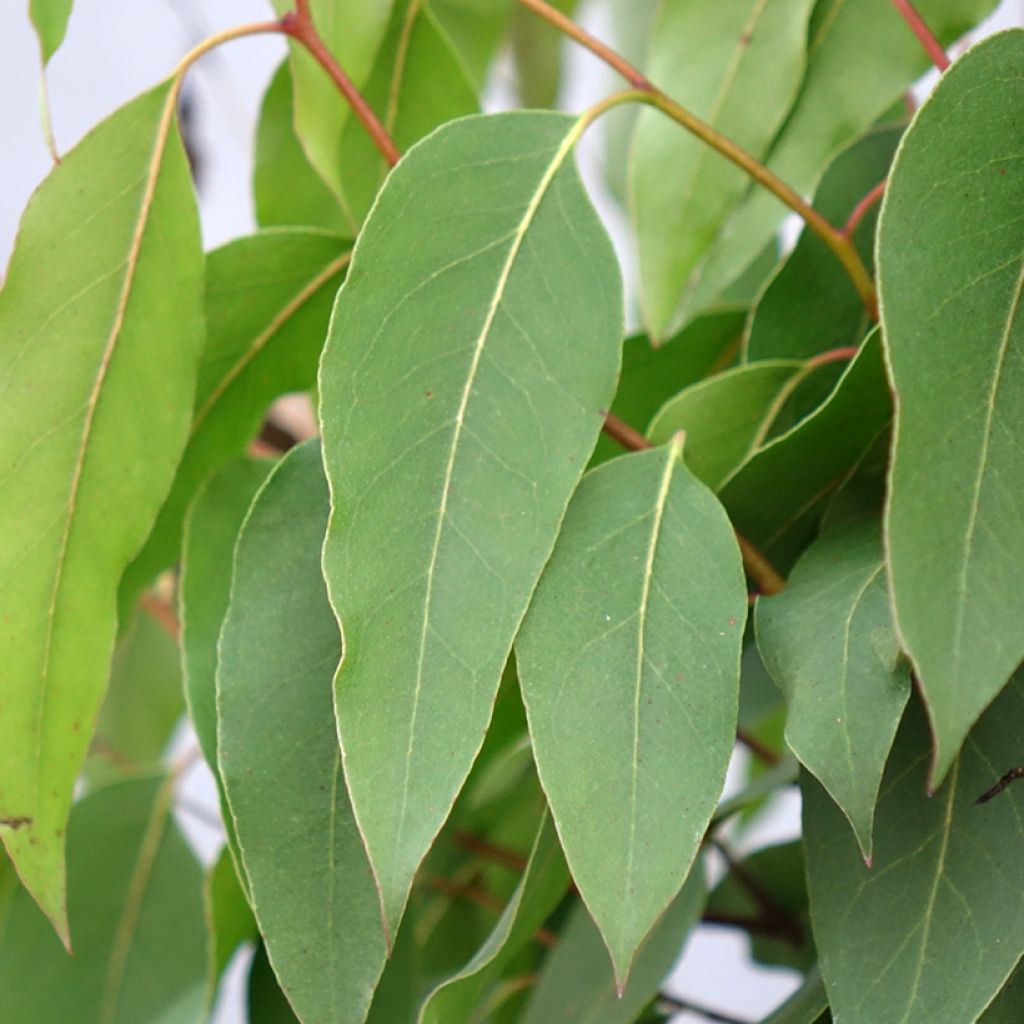

Eucalyptus regnans
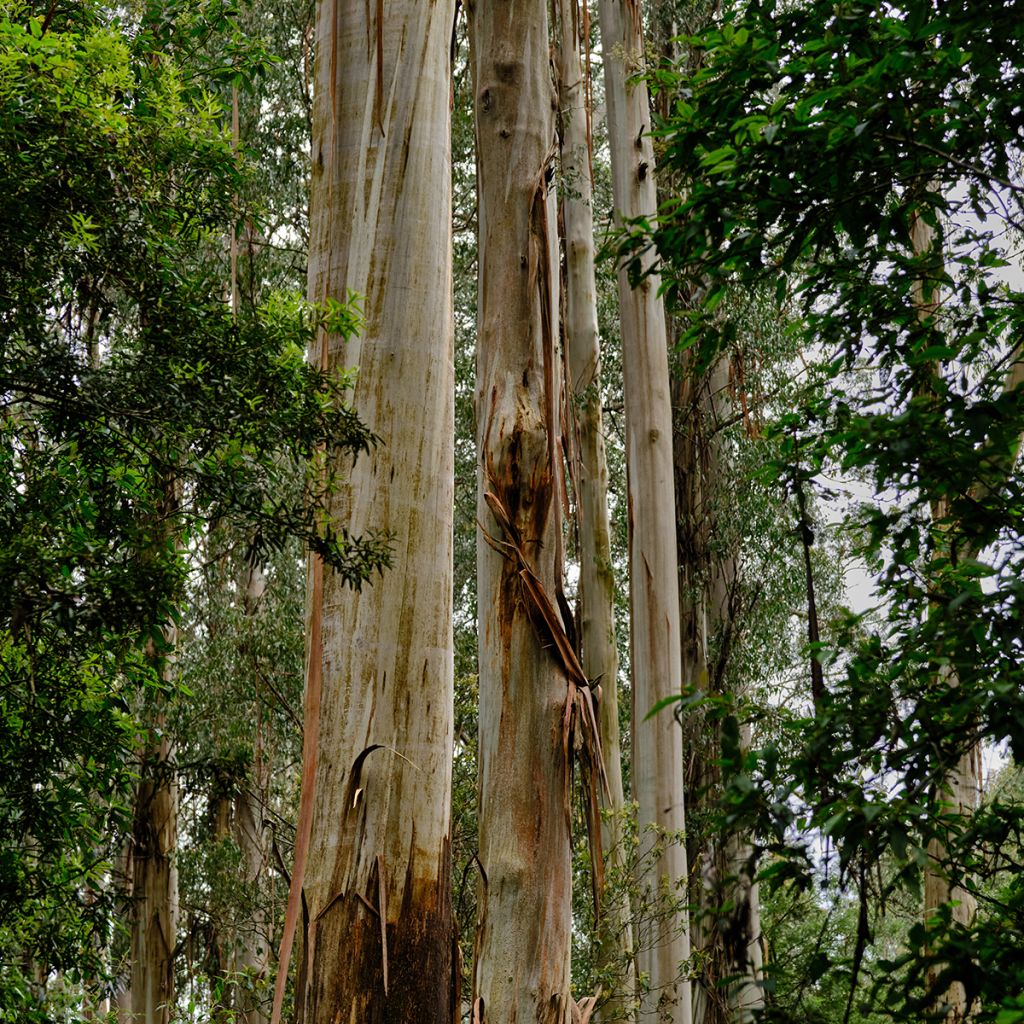

Eucalyptus regnans
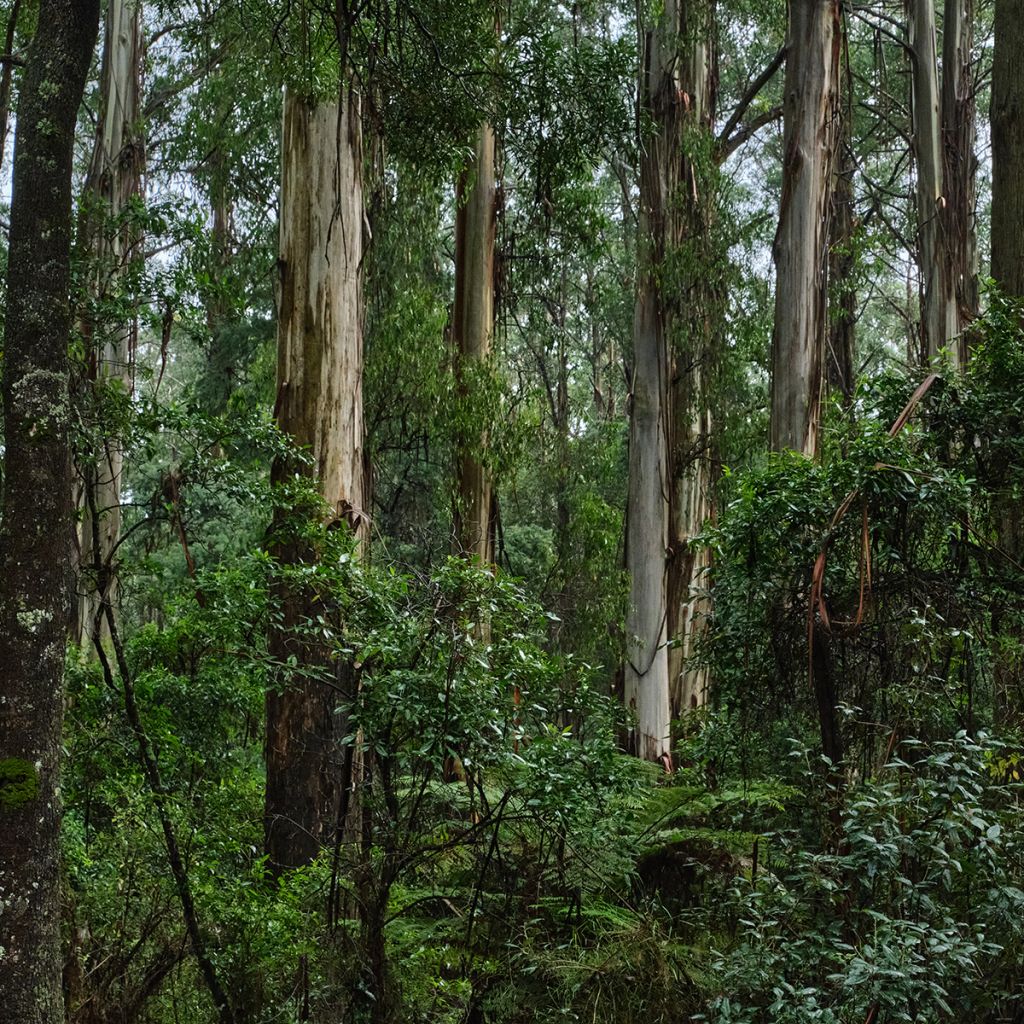

Eucalyptus regnans
Eucalyptus regnans
Eucalyptus regnans
Mountain Ash, Swamp Gum, Stringy Gum
Special offer!
Receive a €20 voucher for any order over €90 (excluding delivery costs, credit notes, and plastic-free options)!
1- Add your favorite plants to your cart.
2- Once you have reached €90, confirm your order (you can even choose the delivery date!).
3- As soon as your order is shipped, you will receive an email containing your voucher code, valid for 3 months (90 days).
Your voucher is unique and can only be used once, for any order with a minimum value of €20, excluding delivery costs.
Can be combined with other current offers, non-divisible and non-refundable.
Home or relay delivery (depending on size and destination)
Schedule delivery date,
and select date in basket
This plant carries a 24 months recovery warranty
More information
We guarantee the quality of our plants for a full growing cycle, and will replace at our expense any plant that fails to recover under normal climatic and planting conditions.

Would this plant suit my garden?
Set up your Plantfit profile →
Description
Eucalyptus regnans is one of the tallest trees in the world and its growth is extremely rapid in suitable climates. It forms an imposing tree, with a very straight trunk, fibrous bark in the lower part and smooth bark in the upper part. Its habit is distinctly conical, with evergreen foliage ranging from green to grey-green, which in spring is adorned with small white flowers grouped in umbels. Demanding in terms of light, this species grows in cool, well-drained, neutral to acidic, moderately fertile soil. It thrives in cool and humid areas, where frost is minimal, and quickly becomes an exceptional specimen.
Eucalyptus regnans belongs to the large family of Myrtaceae, like the Callistemon (Bottlebrush), the Feijoa or of course the Myrtle. The genus Eucalyptus includes more than 800 species, practically all of which are native to Australia, except for a few from Southeast Asia. Some form small bushes, while the E. regnans is the giant of the genus. The tallest living specimen reaches 100 m (328ft), and only a tropical tree, the Shorea, reaches 1 m (3ft) more, as does the Sequoia which holds the absolute record with a subject of 116 m (381ft) in height.
Eucalyptus regnans is native to southeastern Australia, in the state of Victoria and Tasmania. It forms large forests there and is commonly used in plantations. Its growth is explosive from the second year onwards. It dedicates the first year of its existence to anchoring itself in the ground with a deep taproot, then it produces lateral roots that extend quite far from the initial taproot and give rise to secondary taproots. The young tree can then begin its ascent towards the sky at an astonishing speed when the growing conditions meet its needs. Tremendous growth rates have been measured in different regions in Kenya, with 2-year-old trees reaching a height of 9 m (29ft), in another stand, 12-year-old trees averaging 34.6 m (113ft), or in an arboretum, 32-year-old subjects reaching 44 to 49 m (144 to 161ft)!
In these tropical or subtropical regions, it forms a very straight trunk, with brown fibrous bark up to 15 m (49ft) high, before becoming smooth and taking on a light colour in the upper parts. In very large specimens, some of which exceed 300 years, the trunk can measure up to 3 m (10ft) in diameter. Its crown remains conical for a long time before slightly opening at maturity, while buttresses develop at the base of the tree to support it. The green to grey-green foliage consists of simple, entire, evergreen leaves, measuring up to 23 cm (9in) long and 5 cm (2in) wide, but sometimes smaller. The flowering consists of small white flowers, grouped in corymbs of 9 to 15 units.
This tree needs light to develop well, it cannot tolerate competition from others and even goes as far as clearing the space around it to grow unhindered. In Australian forests, only an understory of Acacia dealbata manages to survive in the shade of this giant. Eucalyptus regnans grows in a rather cool climate, spared from drought as well as strong frost. It can tolerate occasionally -5°C (23°F), or even -7°C once well established, as well as brief dry periods, but it thrives better in well-watered areas. In Australia, it is found from sea level to 1100 m (3609ft) altitude, but in tropical climates where it has been artificially introduced, it grows from 2000 to 3200 m (6562 to 10499ft) altitude, thus escaping the low-altitude heat. It requires deep, moderately fertile, moist, well-drained soils, with a neutral or acidic pH, and free from salt.
Eucalyptus regnans will mainly interest collectors in cool regions with high rainfall. It will make a monumental subject planted alone on a lawn, or in the background of a bed. Nearby, one can plant the Acacia melanoxylon, Blackwood Mimosa which produces original flowers in the form of sulfur yellow balls, or the more classic Acacia dealbata, with its beautiful cut foliage and highly fragrant bright yellow flowers. These two species will tolerate the proximity of the Eucalyptus and create a beautiful exotic scene at its base.
Eucalyptus regnans in pictures


Plant habit
Flowering
Foliage
Botanical data
Eucalyptus
regnans
Myrtaceae
Mountain Ash, Swamp Gum, Stringy Gum
Australia
Other Eucalyptus
View all →Planting and care
Eucalyptus regnans can be planted in the mildest areas where frosts are light and rainfall is abundant. It requires a neutral or slightly acidic soil, moderately fertile and well-drained. Be aware that it does not tolerate salinity well. Choose a location where it will have space to develop without competition for sunlight. Planting it in isolation on a lawn is therefore recommended, or possibly as a background to a shrub bed, but this tree is known to be capable of creating a void around it (negative allelopathic effect on other plants), so caution is advised...
Plant it in spring after the last frost so that it has time to establish its roots before the following winter. Water regularly for 2 or 3 years. In the first year, it will dedicate its energy to sending a deep taproot into the soil, followed by lateral roots, in order to anchor itself well. It is from the second year onwards that it will really start to grow. Although it prefers humidity, it is capable of withstanding relatively short dry periods, occasional watering will always be welcome.
Planting period
Intended location
Care
Planting & care advice
This item has not been reviewed yet - be the first to leave a review about it.
Similar products
Haven't found what you were looking for?
Hardiness is the lowest winter temperature a plant can endure without suffering serious damage or even dying. However, hardiness is affected by location (a sheltered area, such as a patio), protection (winter cover) and soil type (hardiness is improved by well-drained soil).

Photo Sharing Terms & Conditions
In order to encourage gardeners to interact and share their experiences, Promesse de fleurs offers various media enabling content to be uploaded onto its Site - in particular via the ‘Photo sharing’ module.
The User agrees to refrain from:
- Posting any content that is illegal, prejudicial, insulting, racist, inciteful to hatred, revisionist, contrary to public decency, that infringes on privacy or on the privacy rights of third parties, in particular the publicity rights of persons and goods, intellectual property rights, or the right to privacy.
- Submitting content on behalf of a third party;
- Impersonate the identity of a third party and/or publish any personal information about a third party;
In general, the User undertakes to refrain from any unethical behaviour.
All Content (in particular text, comments, files, images, photos, videos, creative works, etc.), which may be subject to property or intellectual property rights, image or other private rights, shall remain the property of the User, subject to the limited rights granted by the terms of the licence granted by Promesse de fleurs as stated below. Users are at liberty to publish or not to publish such Content on the Site, notably via the ‘Photo Sharing’ facility, and accept that this Content shall be made public and freely accessible, notably on the Internet.
Users further acknowledge, undertake to have ,and guarantee that they hold all necessary rights and permissions to publish such material on the Site, in particular with regard to the legislation in force pertaining to any privacy, property, intellectual property, image, or contractual rights, or rights of any other nature. By publishing such Content on the Site, Users acknowledge accepting full liability as publishers of the Content within the meaning of the law, and grant Promesse de fleurs, free of charge, an inclusive, worldwide licence for the said Content for the entire duration of its publication, including all reproduction, representation, up/downloading, displaying, performing, transmission, and storage rights.
Users also grant permission for their name to be linked to the Content and accept that this link may not always be made available.
By engaging in posting material, Users consent to their Content becoming automatically accessible on the Internet, in particular on other sites and/or blogs and/or web pages of the Promesse de fleurs site, including in particular social pages and the Promesse de fleurs catalogue.
Users may secure the removal of entrusted content free of charge by issuing a simple request via our contact form.
The flowering period indicated on our website applies to countries and regions located in USDA zone 8 (France, the United Kingdom, Ireland, the Netherlands, etc.)
It will vary according to where you live:
- In zones 9 to 10 (Italy, Spain, Greece, etc.), flowering will occur about 2 to 4 weeks earlier.
- In zones 6 to 7 (Germany, Poland, Slovenia, and lower mountainous regions), flowering will be delayed by 2 to 3 weeks.
- In zone 5 (Central Europe, Scandinavia), blooming will be delayed by 3 to 5 weeks.
In temperate climates, pruning of spring-flowering shrubs (forsythia, spireas, etc.) should be done just after flowering.
Pruning of summer-flowering shrubs (Indian Lilac, Perovskia, etc.) can be done in winter or spring.
In cold regions as well as with frost-sensitive plants, avoid pruning too early when severe frosts may still occur.
The planting period indicated on our website applies to countries and regions located in USDA zone 8 (France, United Kingdom, Ireland, Netherlands).
It will vary according to where you live:
- In Mediterranean zones (Marseille, Madrid, Milan, etc.), autumn and winter are the best planting periods.
- In continental zones (Strasbourg, Munich, Vienna, etc.), delay planting by 2 to 3 weeks in spring and bring it forward by 2 to 4 weeks in autumn.
- In mountainous regions (the Alps, Pyrenees, Carpathians, etc.), it is best to plant in late spring (May-June) or late summer (August-September).
The harvesting period indicated on our website applies to countries and regions in USDA zone 8 (France, England, Ireland, the Netherlands).
In colder areas (Scandinavia, Poland, Austria...) fruit and vegetable harvests are likely to be delayed by 3-4 weeks.
In warmer areas (Italy, Spain, Greece, etc.), harvesting will probably take place earlier, depending on weather conditions.
The sowing periods indicated on our website apply to countries and regions within USDA Zone 8 (France, UK, Ireland, Netherlands).
In colder areas (Scandinavia, Poland, Austria...), delay any outdoor sowing by 3-4 weeks, or sow under glass.
In warmer climes (Italy, Spain, Greece, etc.), bring outdoor sowing forward by a few weeks.






























